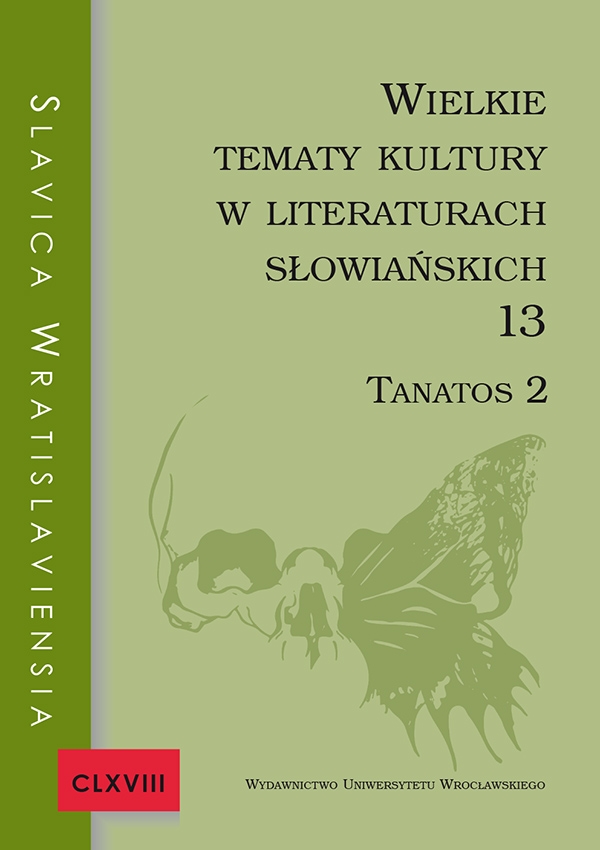

Literatury Słowiańszczyzny południowej

The motif of death in the novels of Dževad Karahasan
Dževad Karahasan’s novels The Eastern Diwan and Shahriar’s Ring, being the classic examples of postmodernism, feature various forms of play with genres and narrative patterns, the presence of historical persons and events, and significant intertextual dialogue, namely, quotations, with cultural and other elements of Islam. The motif of death is analyzed within the context of the plot, which is founded on this theme, as it consists of several political assassinations; whereas the idea of death as a repetitive motif is one of the compositional anchors of the novelistic structure. On the other hand, through the analysis of Karahasan’s novels it is possible to follow the attitude towards death in different periods of development of Islamic philosophy. In particular, the Hellenized strain of Islamic philosophy, rooted in esoteric thinking and spiritual religion, has led to the development of Islamic mysticism. The idea of the path of returning to the original source, which is transmitted through inner cognition and craving, is found to be the basic determinant of certain characters in the novel, as well as of the novel as a whole.
Motyw śmierci w powieściach Dževada Karahasana
Utwory autorstwa Dževada Karahasana Istočni diwan i Šahrijarov prsten, jako klasyczne powieści postmodernistyczne, cechuje gra prowadzona z różnorodnymi formami gatunkowymi i wzorcami narracyjnymi, sięgnięcie po postaci i wydarzenia historyczne oraz — za sprawą licznych cytatów — dialog prowadzony z kulturą i pozostałymi elementami islamu. Analizie poddana zostanie śmierć, uwidoczniająca się w warstwie fabularnej powieści i będąca podstawą spisku w serii zabójstw politycznych, jako motyw powtarzający się — jeśli jest specyficzna — oraz jako jeden z węzłów kompozycyjnych struktur powieściowych. Jednocześnie podczas analizy powieści autorstwa Karahasana można śledzić stosunek wobec śmierci w różnych okresach rozwoju filozofii islamu. Mianowicie, zhellenizowany strumień filozofi muzułmańskiej, zanużony w myśli ezoterycznej i spirytualizmie religijnym doprowadził do rozwoju mistycyzmu muzułmańskiego. Idea powrotu do źródła, który prowadzi przez wewnętrzne poznanie i pragnienie, okazuje się podstawowym wyznacznikiem zarówno niektórych postaci, jak i powieści jako całości.